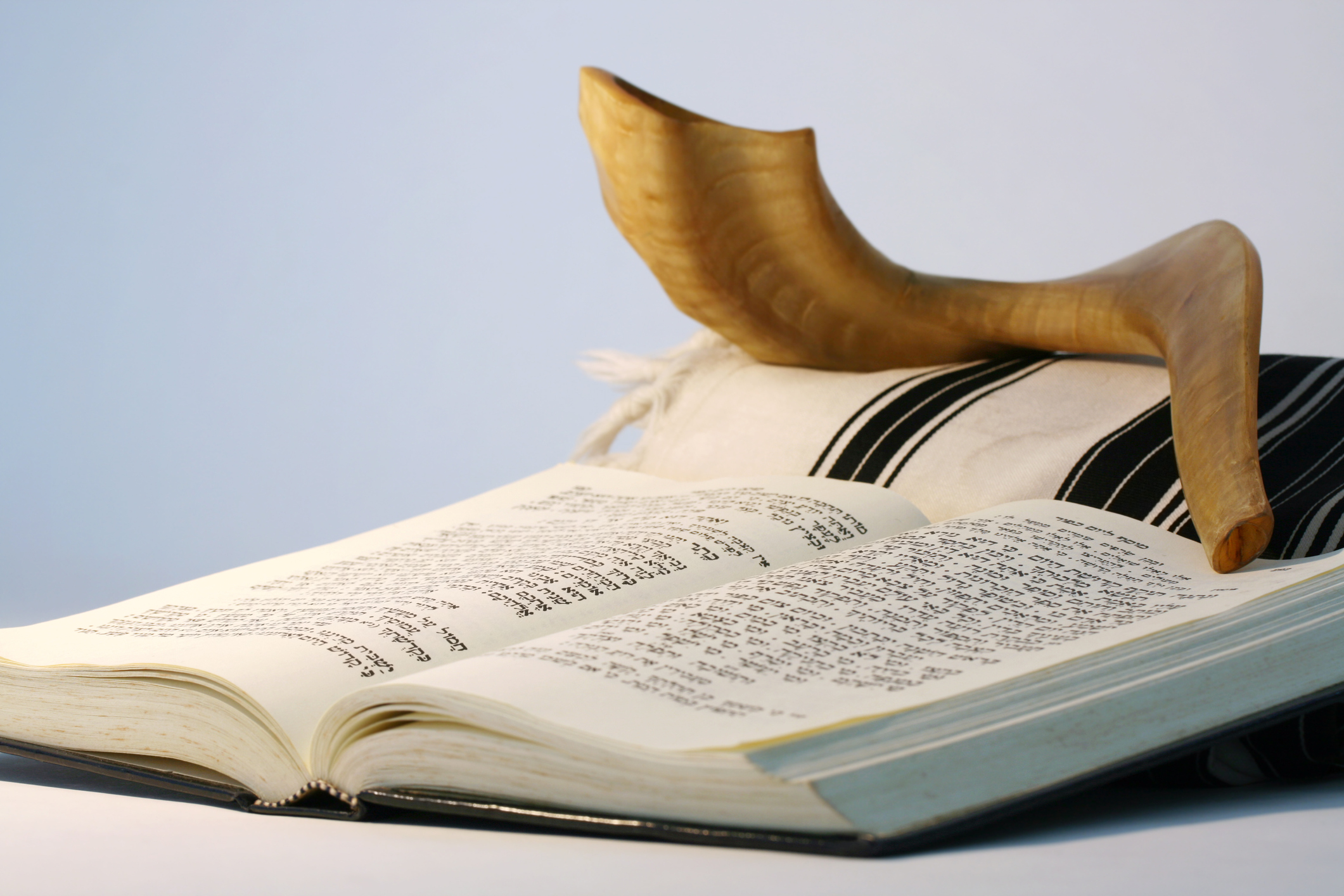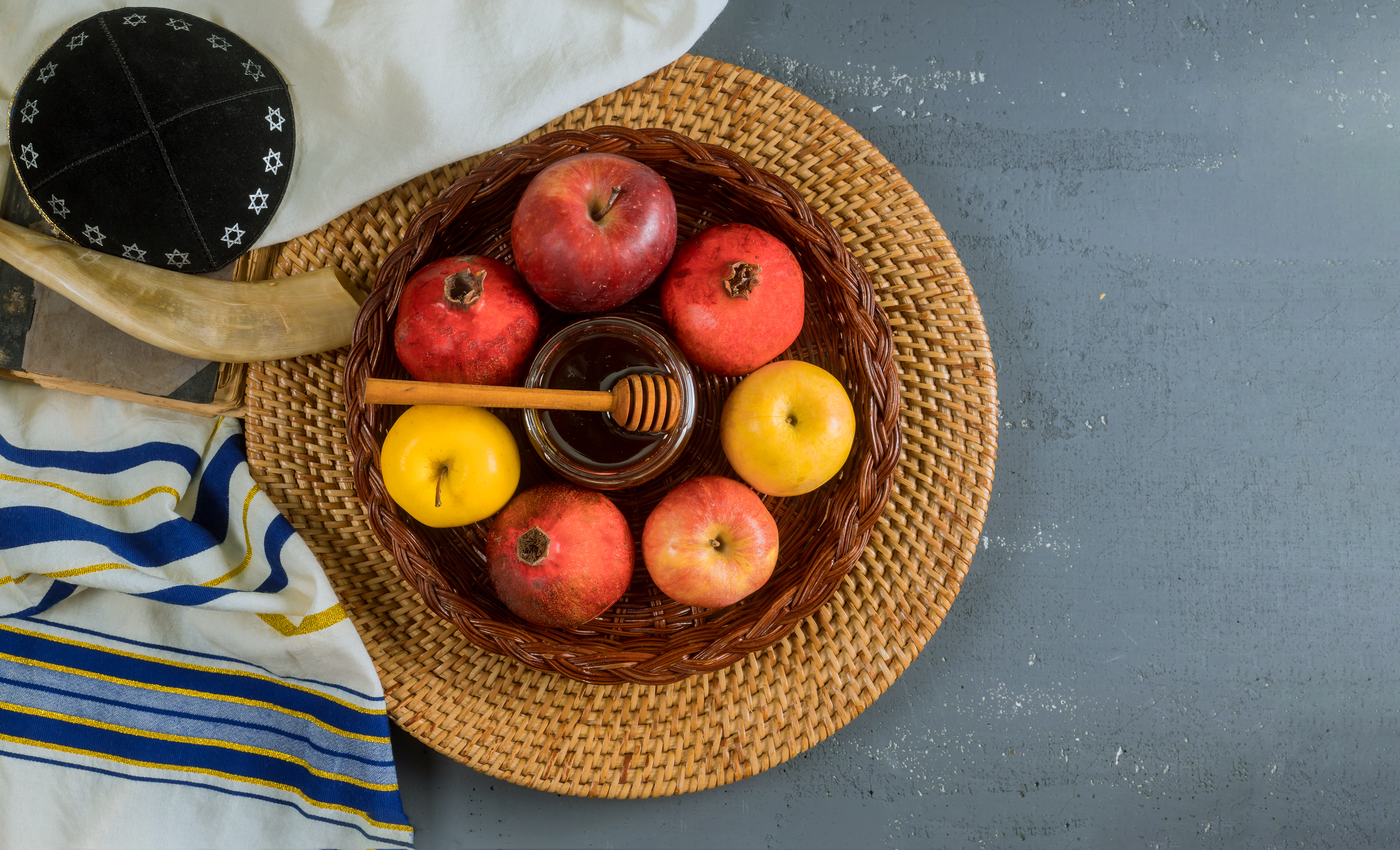The two-day holiday known as Rosh Hashanah kicks off the beginning of the Jewish "High Holidays," a ten-day period of repentance and reflection that culminates with Yom Kippur, also known as the Day of Atonement, the holiest day of the Jewish calendar.
But what exactly is Rosh Hashanah and how is it celebrated? Here's everything you need to know:
What is Rosh Hashanah?
Rosh Hashanah, meaning "head of the year" in Hebrew, is the celebration of the Jewish New Year. During Rosh Hashanah, Jewish people around the world ask God for forgiveness for mistakes they’ve made over the past year and remind themselves not to repeat those mistakes in the coming year.
Get top local stories in Connecticut delivered to you every morning. Sign up for NBC Connecticut's News Headlines newsletter.
What is Yom Kippur?
Yom Kippur comes on the last of the 10 days of repentance that began with Rosh Hashanah. The day is usually observed with fasting and extended time in deep prayer, before ending with the sounding of a "shofar," a trumpet made from a ram's horn.
When is Rosh Hashanah and Yom Kippur 2024?
Rosh Hashanah is observed on the first day of the month of Tishrei on the Hebrew calendar, which falls in September or October on the Gregorian calendar, the calendar commonly used throughout the world.
This year in 2024, Rosh Hashanah begins at sunset on Wednesday, Oct. 2, and ends at sunset on Friday, Oct. 4. Yom Kippur will begin next week on the evening of Friday, Oct. 11, and ends the evening of Saturday, Oct. 12.
How is Rosh Hashanah celebrated?
Rosh Hashanah observances include special foods, traditions and mitzvahs, or commandments, and celebrations can vary from family to family. Many people attend services at a temple or synagogue, where a special service is held with messages of hope and atonement in the new year.
A hollowed-out ram’s horn, called a shofar, is blown during services to awake any spiritual slumber and remind worshippers to return to God and reflect on their sins.
Another important part of Rosh Hashanah is Tzedakah, or giving back to those in need. The belief is that by carrying out good deeds, God will notice these efforts and bless them with a fruitful new year.
Some Jewish families toss bread crumbs into bodies of water to symbolize the discarding of their sins, a tradition that dates back centuries.
What do people eat during Rosh Hashanah?
Fish is a traditional meal at Rosh Hashanah as it symbolizes fertility and abundance. Some people will eat the head of the fish to express the desire to be leaders and not followers in the year.
Many Jewish families also eat challah bread and apples dipped in honey, symbolizing the sweet hopes for the New Year.
Some families will also eat pomegranate fruit as its many seeds represent the many blessings in the coming year.
What are Rosh Hashanah greetings?
Because Rosh Hashanah celebrates the Jewish New Year, the most common greeting is "Happy New Year." The equivalent in Hebrew is "Shanah tovah," (pronounced shah-NAH toe-VAH) which literally means "good year."
Shanah tovah is the condensed version of a longer greeting L’shana tovah u’metukah, which means “for a good and sweet year.”
You can also say "chag sameach" (pronounced KHAHG sah-MEY-akh) which means "happy festival," the Hebrew equivalent of "Happy Holidays."



